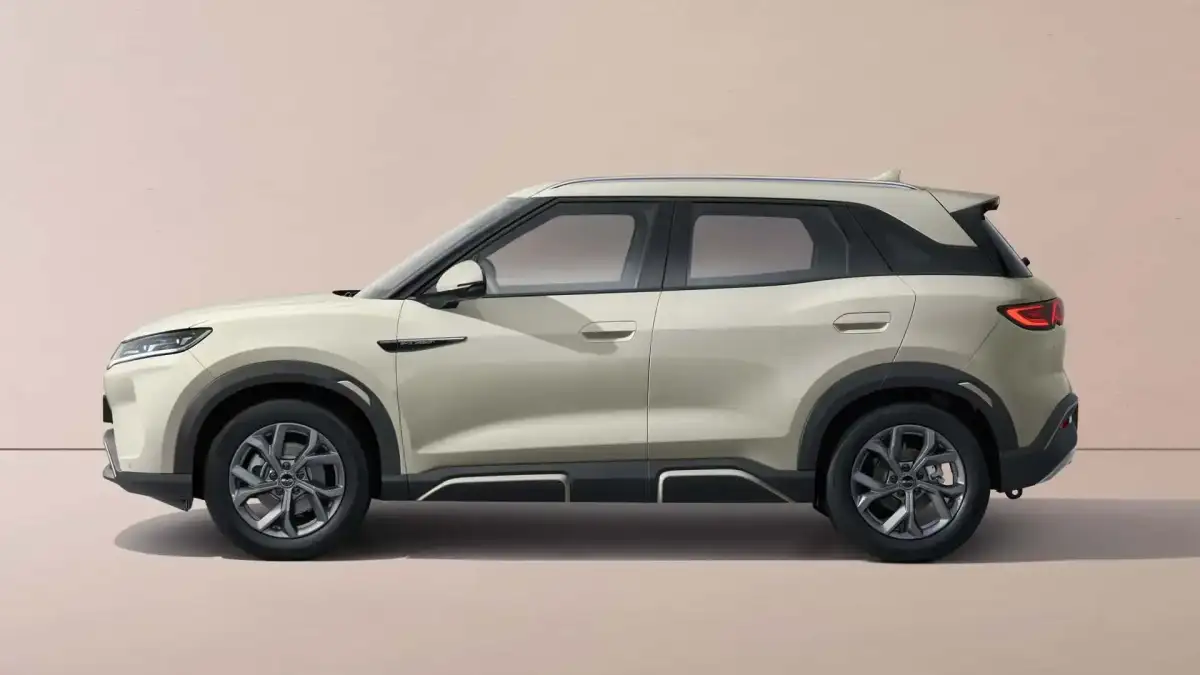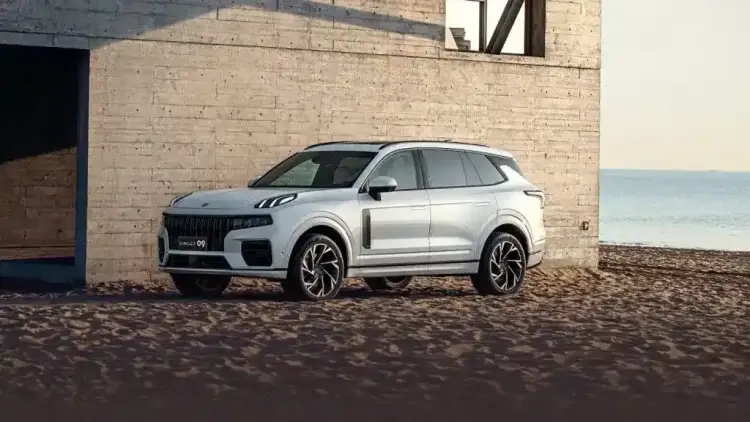- Chinese Success in Emerging Economies
- Traditional Brands Losing Ground
- The Future of Chinese Dominance
The global automotive landscape is undergoing a major shift in power. The fiercest competition is no longer centered in Europe or the United States, but in emerging markets across Asia, Africa, and South America. In these regions, Chinese cars are taking the lead, especially with electric vehicles that offer cutting edge technology at highly competitive prices.
Chinese Success in Emerging Economies

Chinese brands are rapidly gaining momentum by focusing on markets where consumers prioritize value for money. Buyers in developing economies are more price conscious, and Chinese manufacturers have mastered the formula of combining affordability with attractive features.
Key factors behind their success include:
Competitive pricing: Chinese vehicles are noticeably cheaper than their Japanese, Korean, and European counterparts.
Widespread EV adoption: Brands such as BYDEgypt BYDKSA BYDUAE BYDKuwait BYDQatar BYDOman BYDBahrain BYD, ChanganUAE ChanganBahrain ChanganEgypt ChanganKSA ChanganKuwait ChanganOman ChanganQatar Changan, and MGUAE MGKSA MGKuwait MGQatar MGOman MGBahrain MGEgypt MG offer electric models at significantly lower prices than rivals.
Flexible production and distribution: Chinese automakers rely on broad manufacturing networks across Asia and South America, allowing them to enter new markets quickly and efficiently.
These advantages have encouraged consumers in emerging markets to rethink their loyalty to traditional automakers, shifting instead toward Chinese cars that deliver modern design, technology, and performance at a fraction of the cost.
Traditional Brands Losing Ground

As Chinese automakers continue to rise, well established names like Toyota, Nissan, Honda, Hyundai, Kia, and Volkswagen are steadily losing market share across multiple regions. The latest data highlights the scale of this dramatic shift in global automotive dynamics.
Brazil: The market share of Chinese vehicles climbed from 6.8 percent in 2024 to 9.1 percent in 2025, placing them fourth overall behind Fiat, Volkswagen, and Chevrolet.
Australia: Their share surged to 17 percent in 2025, an impressive increase of 5.3 percentage points compared to the previous year.
Ukraine: BYD expanded from 3 percent to 7.7 percent, overtaking Toyota and Renault in several categories.
Chile and Colombia: Chevrolet and Ford lost ground to Chinese competitors such as Great Wall and BYD.
Indonesia: Chinese brands entered the top six most sold vehicles, signaling their growing dominance.

The following table illustrates how Chinese automakers are performing across major non European markets:
Country | Chinese Brand Market Share |
|---|---|
Thailand | 32.4% |
Israel | 32.0% |
Chile | 30.9% |
Ecuador | 29.9% |
Uruguay | 26.4% |
Panama | 26.0% |
Australia | 16.7% |
United Arab Emirates | 16.0% |
South Africa | 15.0% |
Ukraine | 12.7% |
Indonesia | 12.2% |
New Zealand | 12.1% |
Saudi Arabia | 11.8% |
Colombia | 11.2% |
Brazil | 9.1% |
Mexico | 7.7% |
Malaysia | 6.7% |
The Future of Chinese Dominance

Indicators suggest that Chinese automakers are far from slowing down. Instead, they continue to expand steadily, positioning themselves as major players not only in emerging markets but soon in developed ones as well.
Recent data highlights a sharp increase in Chinese brands’ market share in 2025 compared to 2024:
Uruguay: +12.6%
Israel: +11.5%
Indonesia: +6.5%
Ukraine: +6.2%
Australia: +5.3%

This growth trend is expected to continue as China pushes forward with affordable electric vehicles and advanced technologies, putting mounting pressure on traditional automakers to rethink their production and marketing strategies.
What the world is witnessing today is not a temporary surge but a fundamental shift in the global automotive industry. China is proving its ability to blend innovation with affordability, cementing its place as a true powerhouse that cannot be ignored in the near future.












